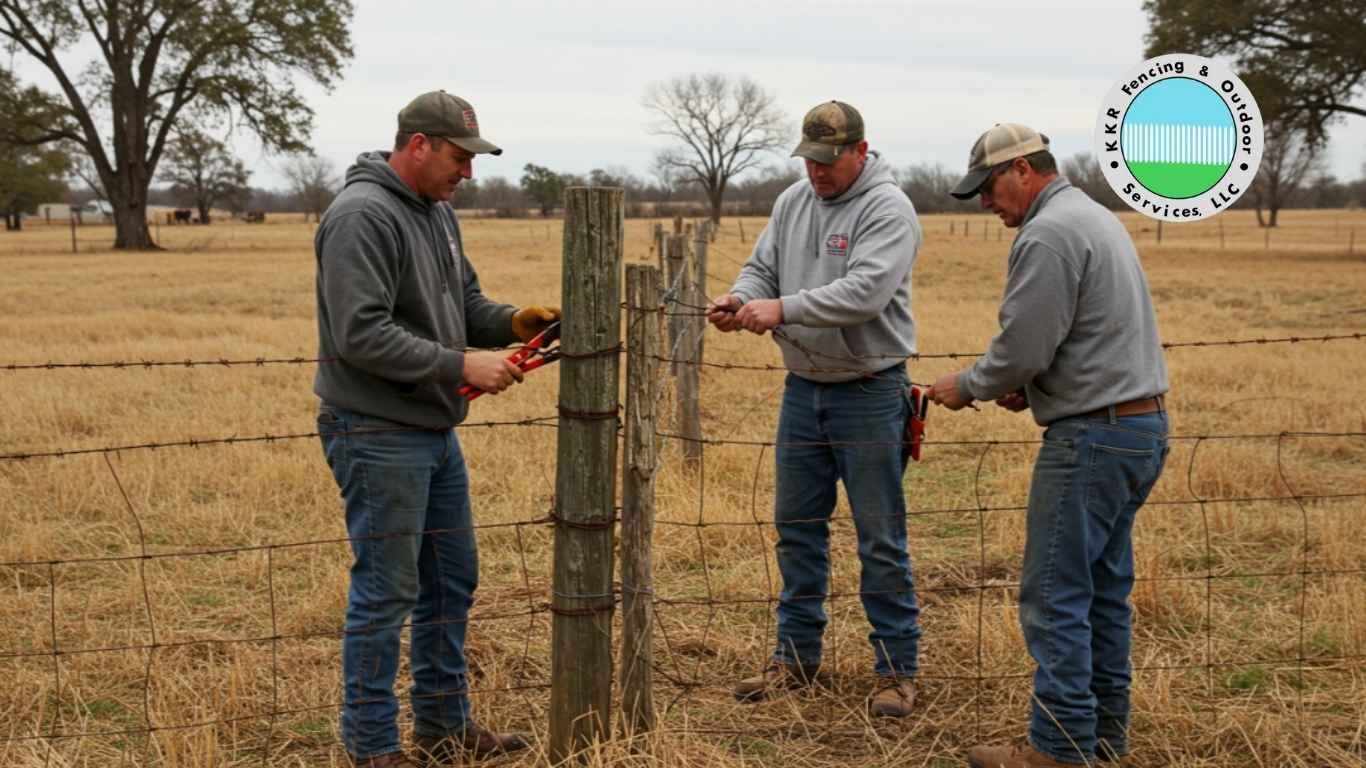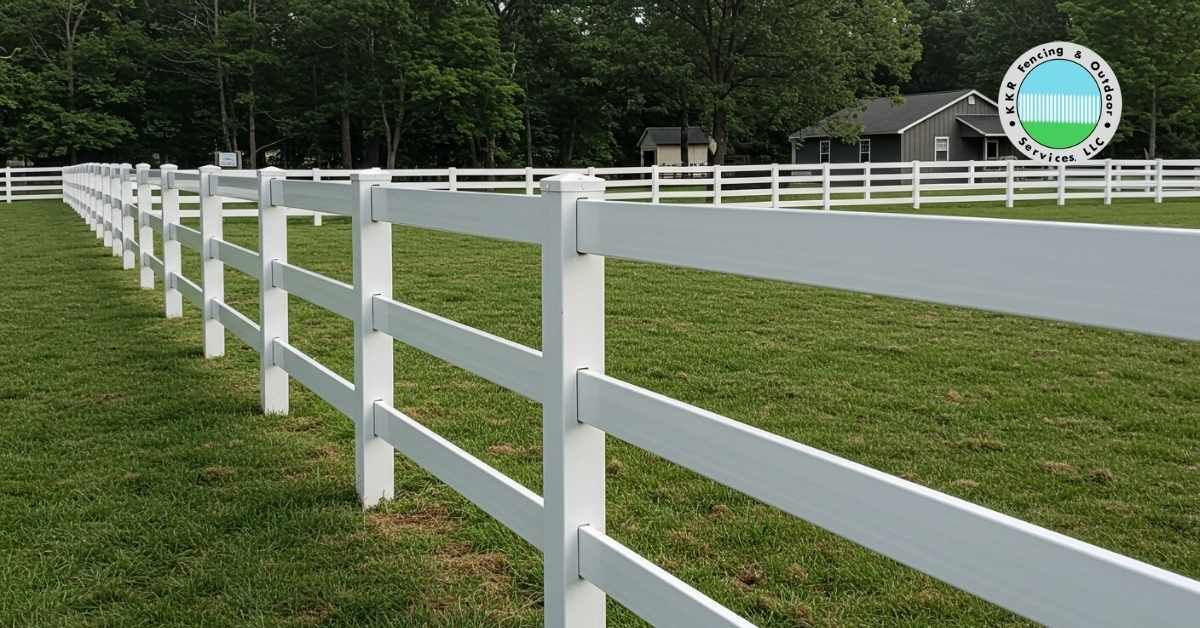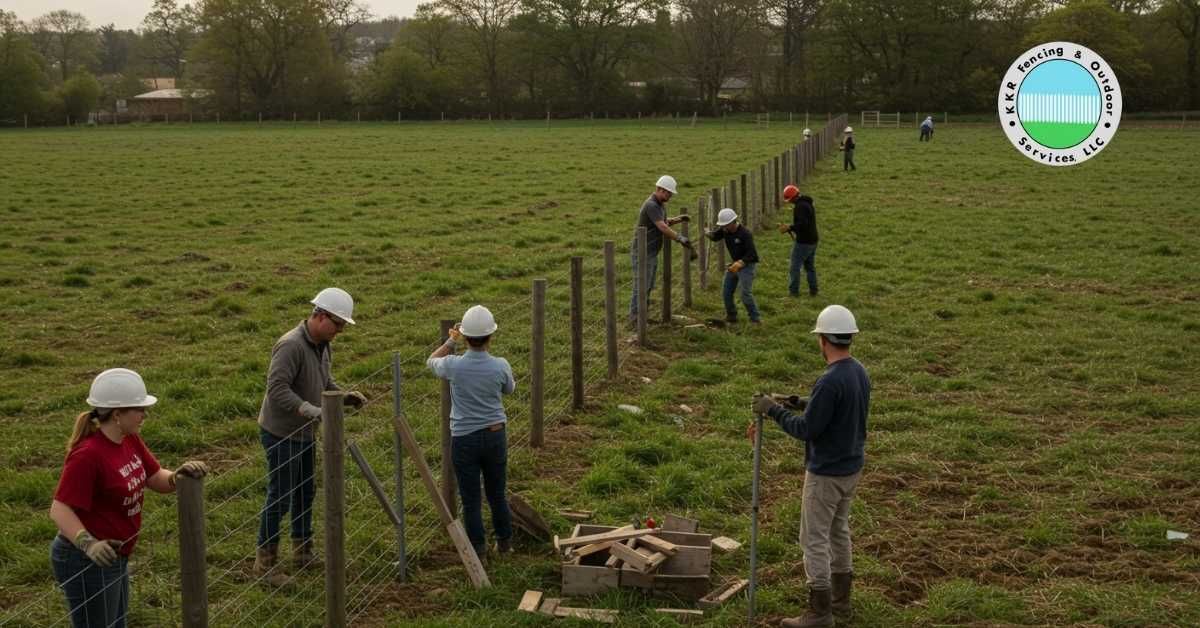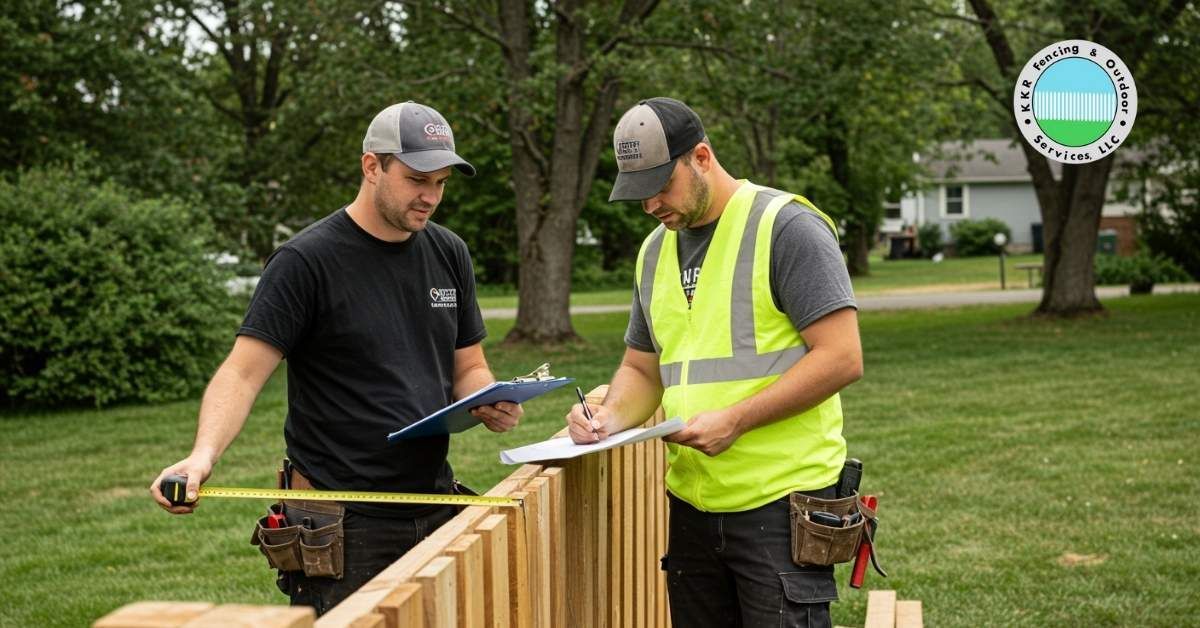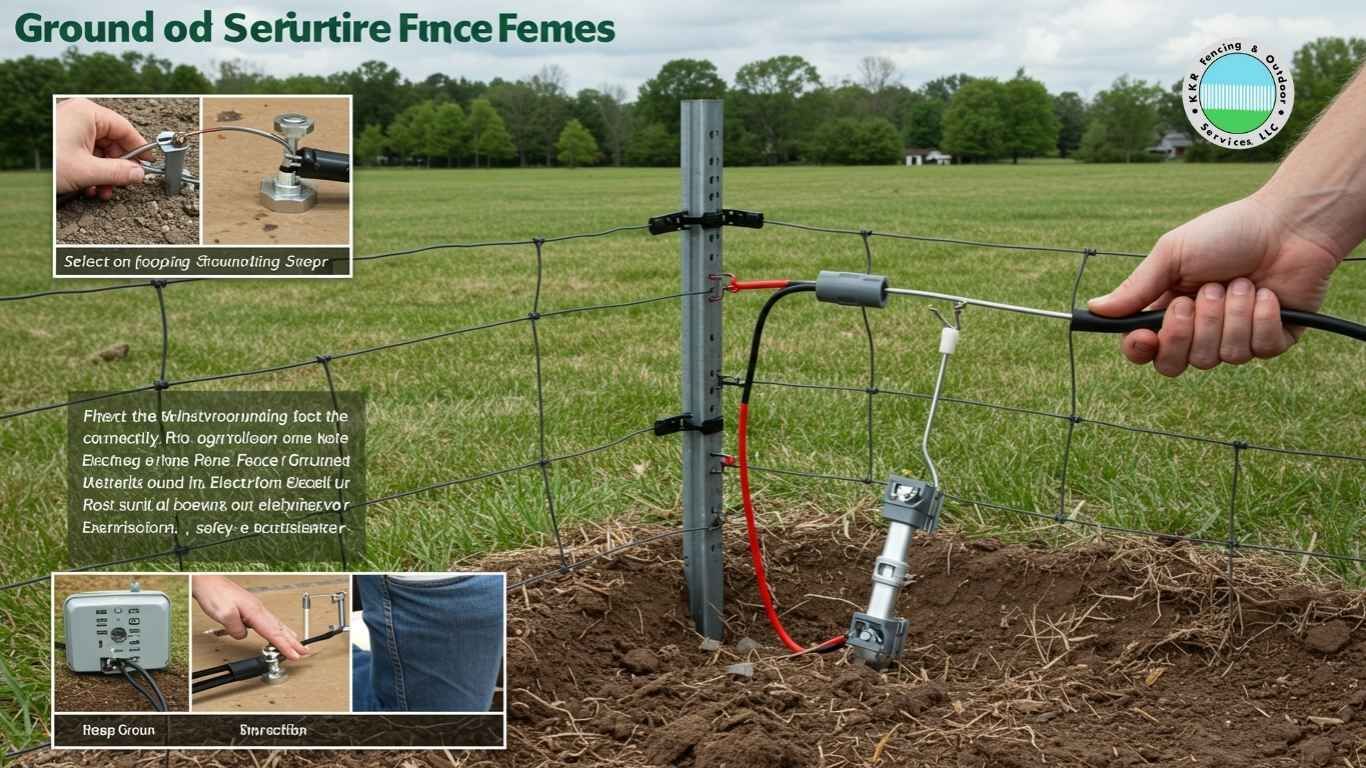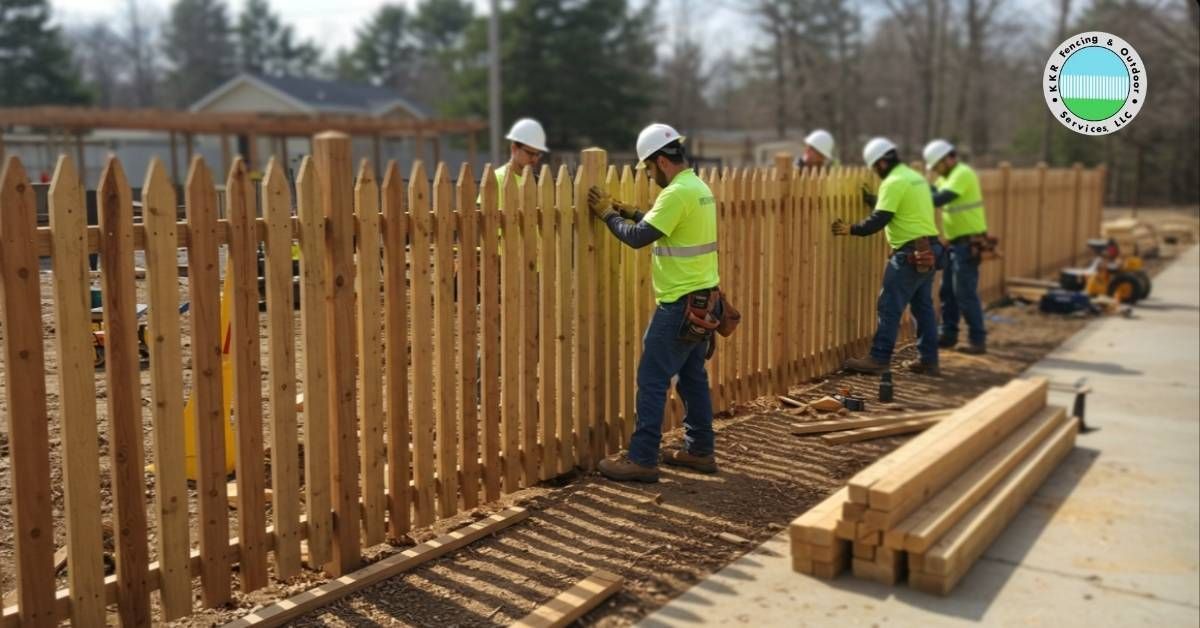How to Build a Goat Fence Cheap? Practical Guide for Small Farms
Fencing is essential when raising goats, but it doesn’t have to break the bank. Whether you own a small farm, a rural homestead, or a hobby ranch, this guide will help you understand how to build an effective and affordable goat fence.
From material comparisons to step-by-step instructions and cost-saving tips, here’s everything you need to know.
Why Goats Need Secure Fencing (Even on a Budget)
Goats are known for their agility, curiosity, and tendency to escape. Unlike other livestock, they can climb, push, or squeeze through weak or poorly designed fences. Even if you’re working with a limited budget, the wall you install must be:
- Tall enough (at least 4 feet)
- Strong enough to resist pressure
- Gap-free at the bottom to prevent crawling under
A poorly built fence can result in escaped animals, damage to neighbouring properties, injury, or loss. That’s why planning matters—even when affordability is a priority.
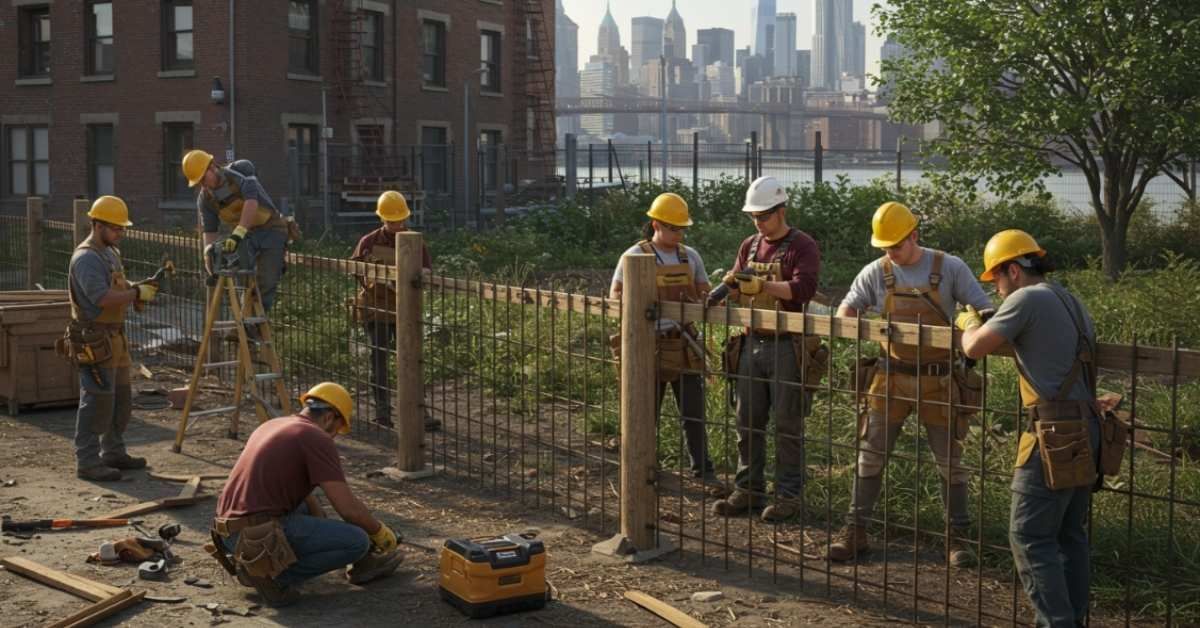
Cheapest Goat Fencing Materials – A Comparison Guide
Choosing the right material is crucial when budgeting for a goat fence. Below is a comparison of common materials that balance cost, strength, and ease of use:
| Material | Cost per Linear Foot | Durability | Ease of Installation | Best For |
|---|---|---|---|---|
| Welded Wire Fence | Low | Moderate | Easy | Small goats, temporary use |
| Electric Poly Wire | Very Low | Low | Moderate | Rotational grazing |
| Woven Wire Fence | Medium | High | Moderate | Permanent goat pens |
| Pallets/Upcycled | Very Low (free) | Low | Difficult | DIY short-term solutions |
Woven wire fencing offers the best long-term value, but if your budget is tight, welded wire or reused pallets can be viable for temporary setups.
How to Build a Goat Fence Cheap – Step-by-Step
Here’s how you can build a reliable goat fence without overspending:
1. Plan Your Fencing Area
Measure the perimeter to estimate material quantities. Try to keep corners to a minimum to reduce cost.
2. Choose Your Materials
Based on your budget, choose affordable but durable options such as:
- Welded wire
- Electric fencing (for rotational grazing)
- Upcycled pallets or posts (if available)
3. Set Fence Posts
Use wooden posts or metal T-posts spaced 6–8 feet apart. Reusing old posts can cut costs.
4. Attach the Fencing
Stretch the fencing tightly and secure it to posts using staples or clips.
5. Reinforce Weak Points
Add additional support where needed, especially around corners or gates.
6. Add Gates
Use recycled materials if possible. Ensure the gate is goat-proof with a strong latch.
Cost-Saving Tips for Goat Fence Installation
To make your fence as affordable as possible:
- Buy in bulk from local farm supply stores or co-ops
- Use recycled materials like pallets, old wire, or metal.
- Do the labour yourself (if safe and practical)
- Look for seasonal sales.
- Combine fencing types (e.g., electric with welded wire for more coverage)
Going cheap doesn’t mean compromising basic security, especially for energetic animals like goats.
When to Choose a Professional Fence Installer
While DIY is an excellent option for many, there are times when hiring a professional saves money and frustration long term:
- Large pasture areas
- Permanent pens
- Rocky or uneven terrain
- Complex layouts or multi-material fences
- If you lack tools or time
Professionals like KKR Fencing & Outdoor Services LLC can help you design and build affordable, code-compliant goat fencing tailored to your needs.
Why Farmers Trust KKR Fencing for Agricultural Fence Projects
KKR Fencing & Outdoor Services LLC has served Western New York’s agricultural Fence communities since 2017. We specialise in:
- Goat fencing, cattle fencing, sheep fencing
- Custom layouts for all livestock types
- Affordable solutions that balance cost and longevity
- Serving farms and rural properties across:
- Erie County
- Cattaraugus County
- Wyoming County
- Allegheny County
- Genesee County
We understand how to protect your animals and investment without overcharging for it.
Conclusion
With the right plan and materials, building a goat fence on a budget is possible. Whether you opt for welded wire, recycled pallets, or woven mesh, the key is securing your goats while staying within your means.
If you're ready to install a cost-effective, professionally built fence, contact KKR Fencing & Outdoor Services LLC today. We'll help you make the wise choice for your livestock and wallet.
📞 Call 716-560-5449 or visit kkrfencingny.com for a free consultation.
Frequently Asked Questions
What is the cheapest way to fence in goats?
The cheapest method is using recycled materials like pallets or electric fencing. However, long-term solutions like welded wire or woven mesh offer better durability and security.
How tall should a goat fence be?
A goat fence should be at least 4 feet tall. 4.5 to 5 feet is safer for climbing breeds or larger goats.
Can I use pallets to build a goat fence?
Yes, pallets can work for short-term or low-budget enclosures. However, they need to be tightly placed and secured to prevent escapes.
Will goats respect electric fencing?
Yes, but only after proper training. Electric fencing is more effective with a visual barrier like wire mesh.
Do I need a permit to install a livestock fence?
In most rural areas, permits aren't required for agricultural fencing. Still, it's best to check with your local zoning office or work with a contractor familiar with local regulations.
